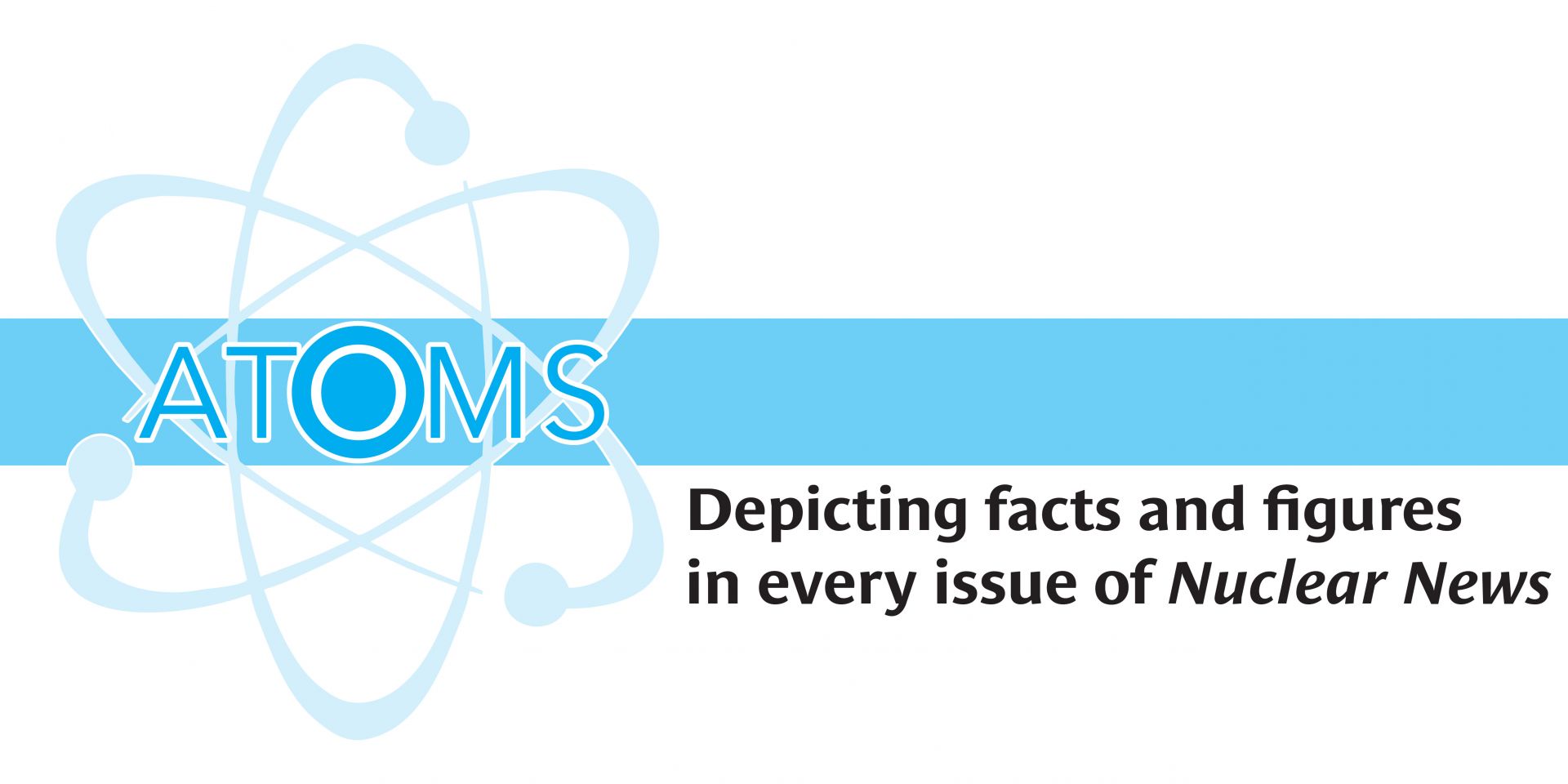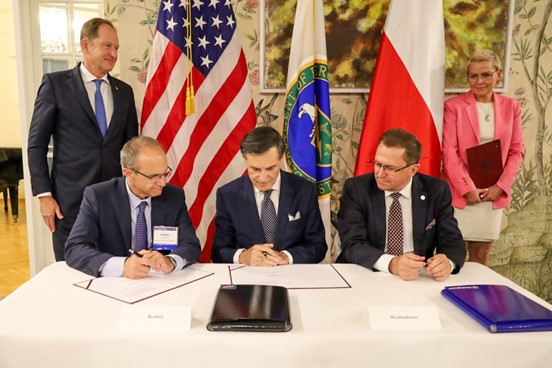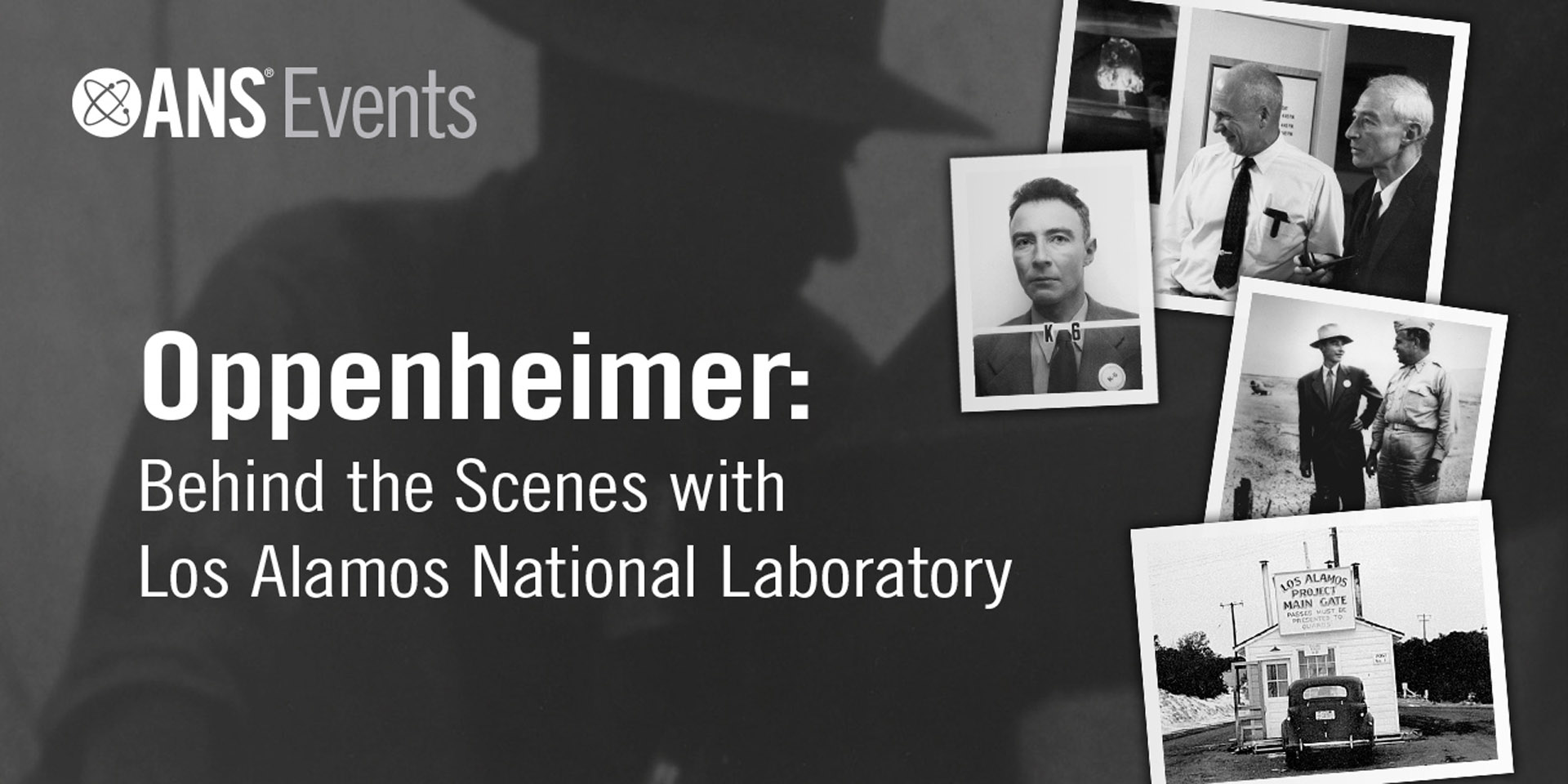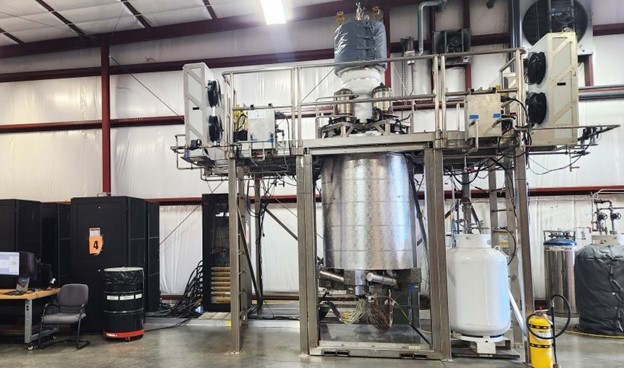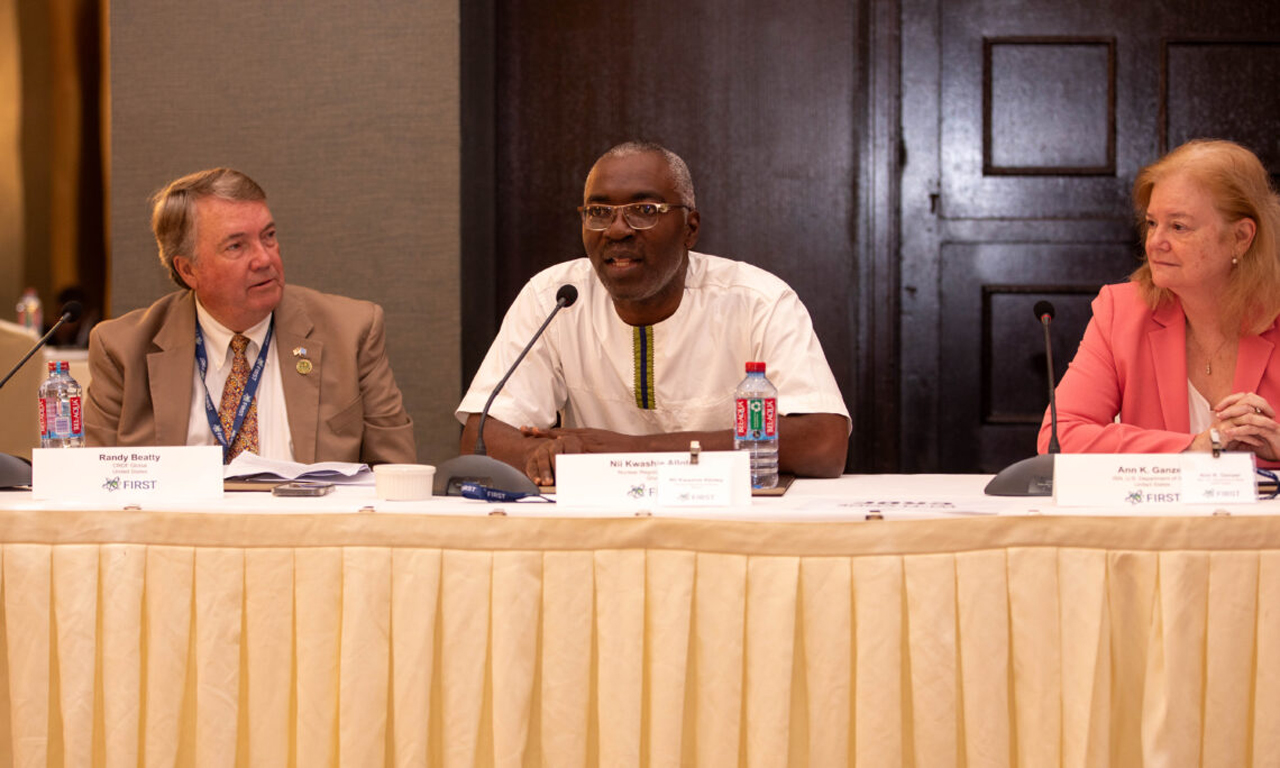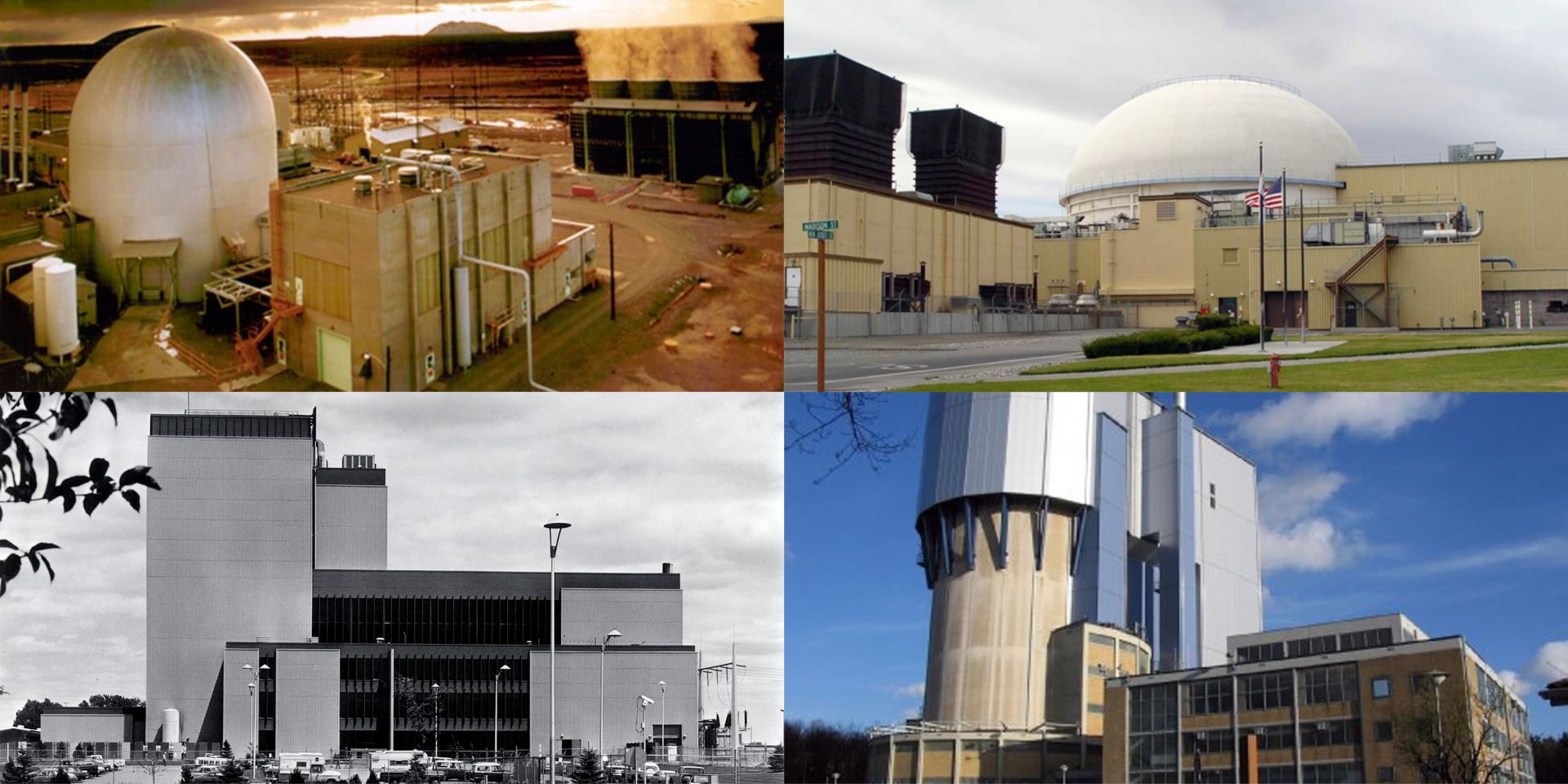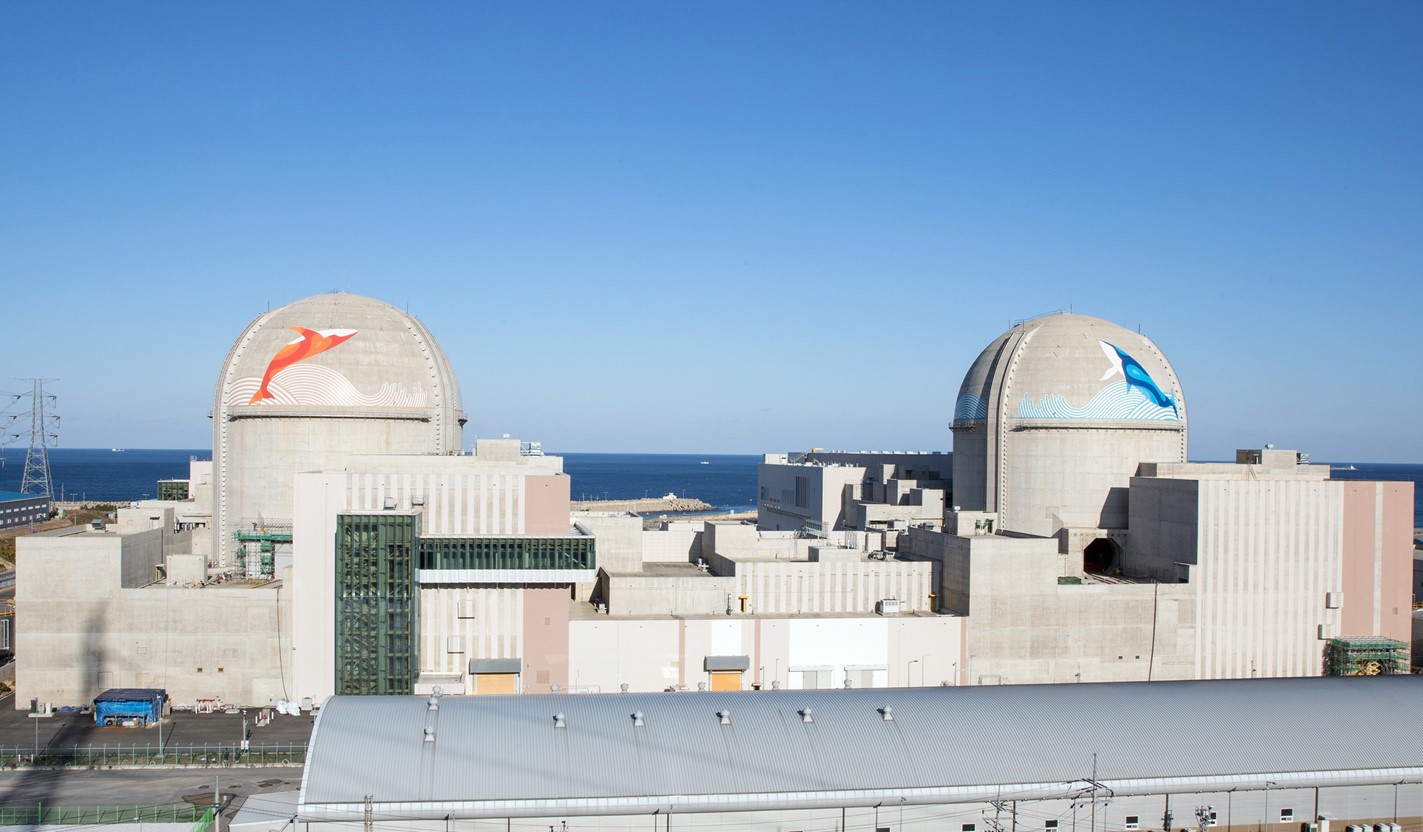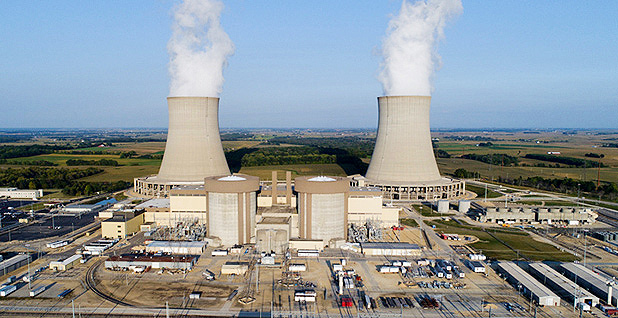Support from the government of Alberta for the Cenovus Energy SMR study was announced September 19 at the World Petroleum Congress in Calgary. From left are Laura Kilcrease, Alberta Innovates CEO; Rhona DelFrari, Cenovus chief sustainability officer and executive vice president, stakeholder engagement; Rebecca Schulz, minister of environment and protected areas; Justin Riemer, Emissions Reduction Alberta CEO; and Nathan Neudorf, minister of affordability and Utilities. (Photo: Government of Alberta)
Canada’s Alberta province is investing C$7 million (about $5.2 million) to help Cenovus Energy study how small modular reactors could be used in northern Alberta to decarbonize oil sands production and what additional information might be needed to pursue their regulatory approval.
At the Bechtel/Westinghouse consortium agreement signing ceremony at the U.S. embassy in Warsaw, were, from left, U.S. ambassador to Poland Mark Brzezinski; Ahmet Tokpinar, general manager of Bechtel’s nuclear power business line; Elias Gedeon, senior vice president for commercial operations at Westinghouse; Mirosław Kowalik, president of Westinghouse Poland; and Anna Łukaszewska-Trzeciakowska, Poland government plenipotentiary for strategic energy infrastructure. (Photo: Bechtel)
Westinghouse Electric Company and engineering, construction, and project management firm Bechtel on September 20 announced the signing of a consortium agreement to partner on the design and construction of Poland’s first nuclear power plant.
The electrically heated PCAT replica of the MARVEL microreactor is installed and ready for testing at CEI’s facility in Pennsylvania. (Photo: DOE)
While initial operation of MARVEL, a tiny microreactor that will be installed and operated inside Idaho National Laboratory’s Transient Reactor Test (TREAT) Facility, might not occur until 2025, testing of a nonnuclear prototype is now under way at the New Freedom, Pa., manufacturing facility of Creative Engineers, Inc. (CEI). The Department of Energy announced the start of prototype testing on September 20.
U.S. principal deputy assistant secretary of state for international security and nonproliferation Ann Ganzer (right) with Nii Kwashie Allotey of the Ghanaian Nuclear Regulatory Authority (center). (Photo: U.S. Embassy in Ghana )
The U.S. Embassy in Ghana last week announced $1.75 million to support establishing the West African nation as a small modular reactor regional training hub and center of excellence for the sub-Saharan African region.
The project is backed by the Foundational Infrastructure for Responsible Use of Small Modular Reactor Technology (FIRST) capacity-building program, in which Ghana has participated since 2022.
Conceptual art of the Crowley-designed ship with a BWXT microreactor onboard. (Image: BWXT)
BWX Technologies is teaming with Crowley, a global shipping and energy supply chain company, under a memorandum of understanding to develop a ship with an onboard microreactor that could deliver power to users on shore via buoyed power cables. The concept, announced by both companies on September 20, is envisioned as a zero-carbon energy option for defense and disaster needs.
South Korea’s Shin-Hanul-1 (on left) and -2, equipped with APR-1400 reactors. (Photo: KHNP)
A U.S. federal court on Monday dismissed a lawsuit brought by Westinghouse Electric Company last year to block the potential sale of Korea Hydro & Nuclear Power’s APR-1400 reactor to Poland.
Davis-Besse nuclear power plant. (Photo: NRC)
In a filing Monday with the Federal Energy Regulatory Commission, Vistra Corporation committed to divesting itself of two power generation assets to help alleviate concerns over its proposed acquisition of Energy Harbor.
Conceptual art of a direct air capture CO2 removal system. (Image: DOE)
Given how much carbon dioxide has been released into the atmosphere from fossil fuels, replacing those fuels with clean options like nuclear energy is urgent, but could be likened to shutting the barn door after the proverbial horse has bolted. But what if you could also round up excess CO2 already in the atmosphere? That’s the goal of direct air capture (DAC) and other so-called negative emission technologies—to capture climate warming CO2 for use in products or processes or for permanent storage.
The Byron nuclear power plant. (Photo: Constellation Energy)
Constellation Energy has announced an agreement with Commonwealth Edison (ComEd), Illinois’s largest electric utility, to power the latter’s 54 offices and metered facilities with locally produced nuclear energy, 24/7.



